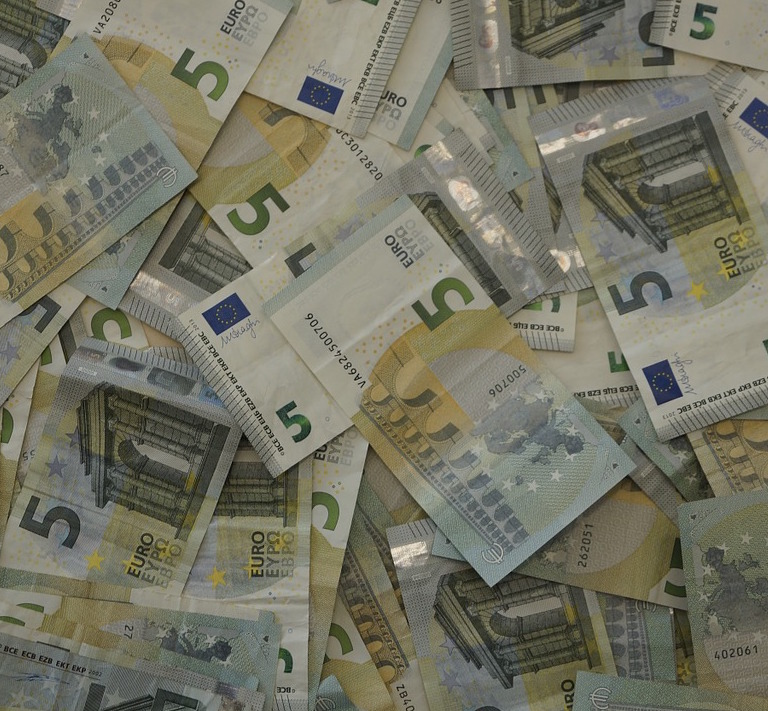
When shopping for a 3D printer, the price of the unit is of prime importance. But really, that isn’t the whole story on cost.
There are many costs that make up the use of a 3D printer, like any other machine you might acquire. Think of it like this: when you purchase a 3D printer, you are then committing to spending not only the cost of the machine itself, but all other costs associated with using it.
But what might those costs be? Let’s make a list.
Machine acquisition: This is the primary cost people see initially – but actually not necessarily the biggest. Costs vary considerably between vendor offerings.
Shipping: While some vendors promoted free shipping, at least to certain regions, many do not. And 3D printers are not exactly the smallest and lightest items to ship, with most weighing many kilograms. Plan on paying for shipping.
Warranty: Some machines come with a limited warranty of perhaps 90 days, or even a year in some cases. Others require you to purchase a separate service package that can add to your cost commitment. Some machines have no warranty – and don’t offer a paid option either. Buyer beware.
Customs Duties: Depending on where you source your machine and your location, you may be required to pay fees to import your machine. These can be considerable, depending on your region.
Repairs: Your 3D printer is a mechanical device. It will almost certainly break while you own it, and you’ll likely want it repaired. This can take two forms: fix it yourself, if possible, or shipping it off to the factory for repairs. That will cost at least the shipping, if not more for labor and parts to effect the repair. Even if you’re repairing the unit yourself, you still may have to purchase some replacement components from the manufacturer.
Tools. Your 3D printer may – or may not – come equipped with a set of tools to use. You’ll need a number of items, such as snips, measurement devices, etc. These all cost money and you may have to buy them. We recently made a list of them you might want to review.
Upgrades: Many 3D printers have available a series of upgrades from either the manufacturer or third parties. An example of this might be a replacement print bed for adhesion, or a build chamber lighting package or an improved extruder. While your machine may work perfectly, you might count on paying for upgrades to make it work even more perfectly.
Disposal: At the end of your machine’s life, you’ll have to dispose of it. If you haven’t sold the machine, you may have to pay to legally dispose of it in your area.
Material: This is the big one that is most often forgotten during the flurry of machine purchase. If you’ve chosen to buy a 3D printer, it seems clear you mean to use it, and that will require an proportionate amount of print material. Look very closely at the cost of material for your machine. The machine may accept generic material, such as low cost USD$20/kg plastic filament, or it may require expensive proprietary resins or cartridges from the manufacturer. These can be significantly more expensive than generic materials, so depending on the amount of printing you intend to perform over the lifetime of your device, it could add up to even more than the printer!
Consider this example: over a three year period, we intend on printing 1kg of material per month, or about one to five hours per day printing. That’s 36kgs of material required.
- A generic plastic filament machine would require around USD$720 worth of filament. That may be more than the cost of your machine right there!
- A resin-based 3D printer may require 32L at USD$150 per liter, or a total of USD$4,800!
- A cartridge based 3D printer may require 55 proprietary cartridges at USD$99 each, totaling around USD$5,445!
We cannot recommend lowering your costs by not printing as much; that was the objective of buying a 3D printer. But we can recommend that you consider these factors very carefully before committing to purchasing any 3D printer.

